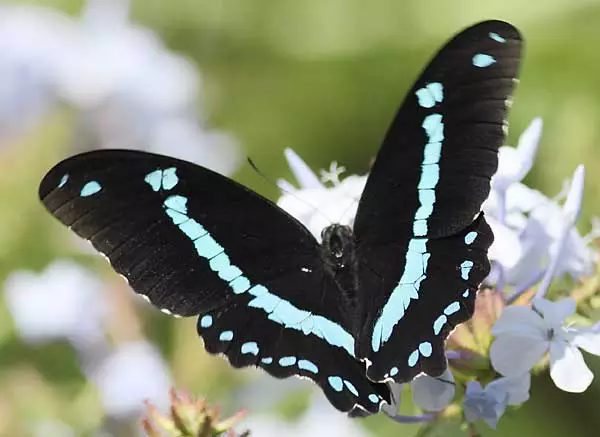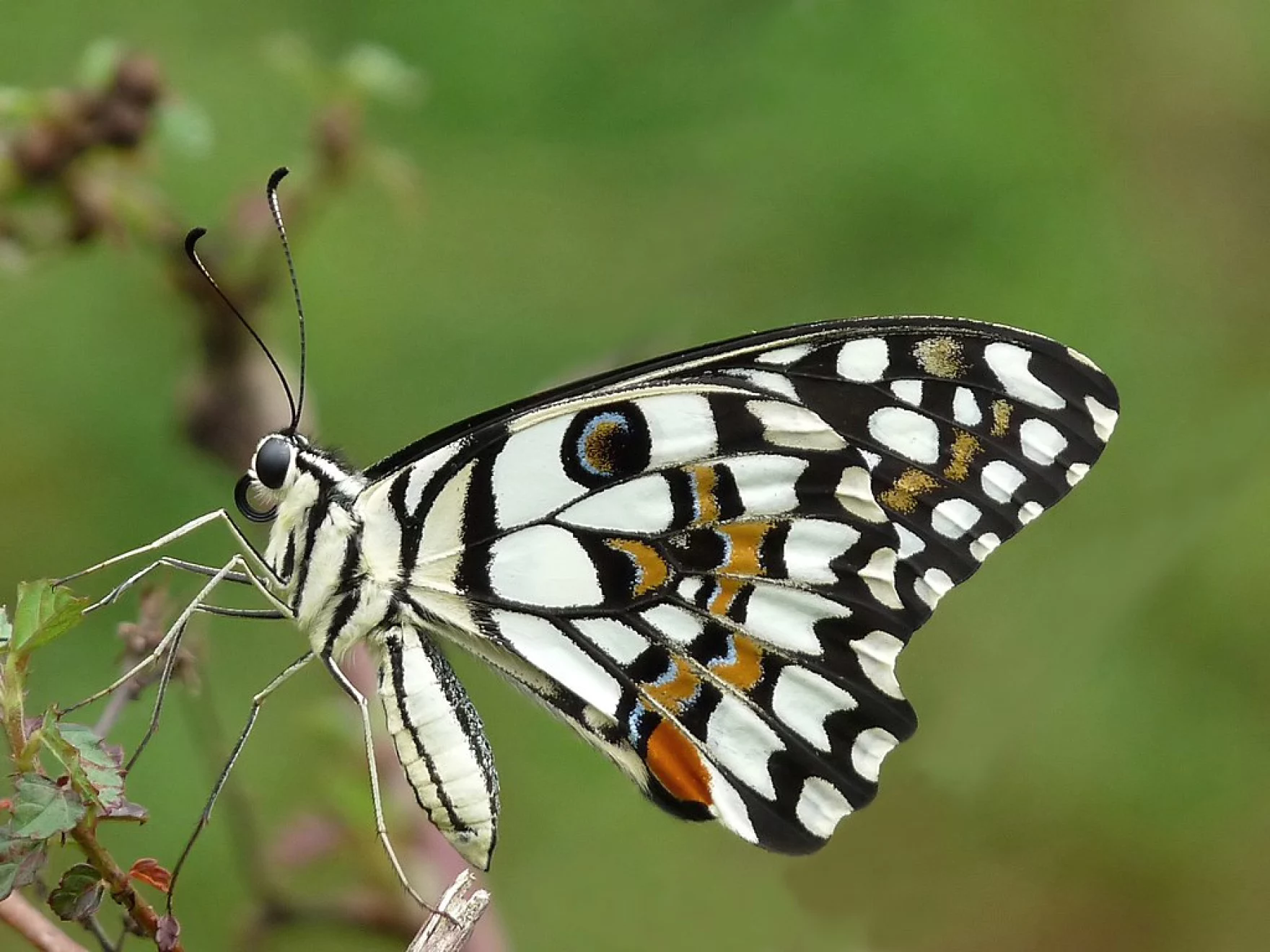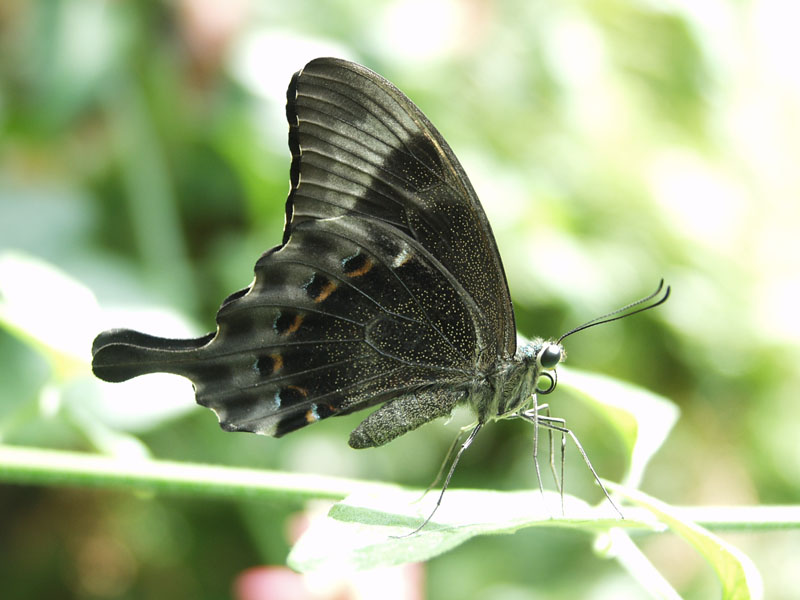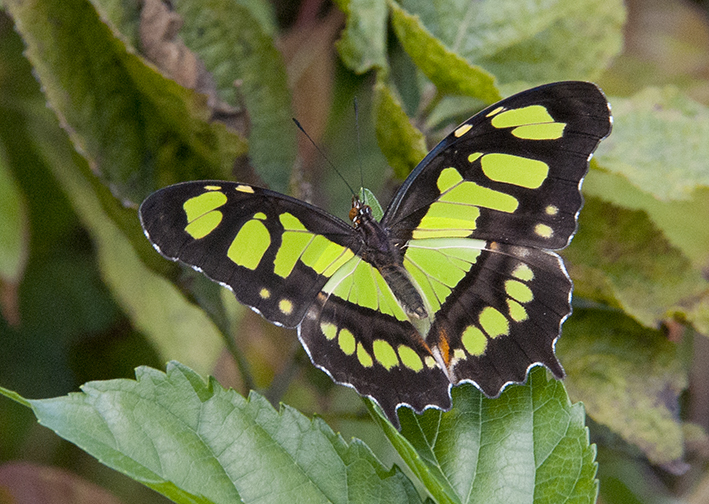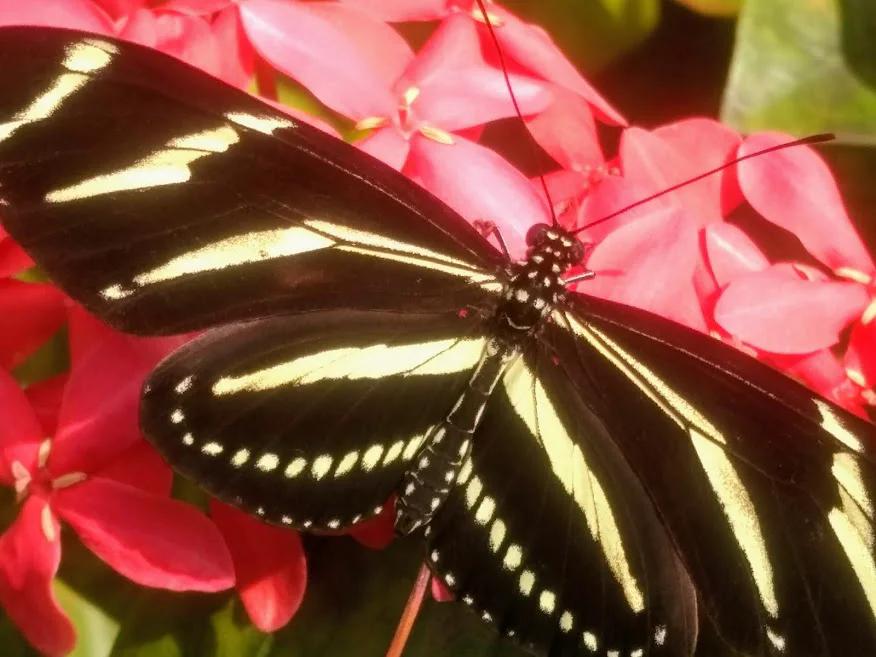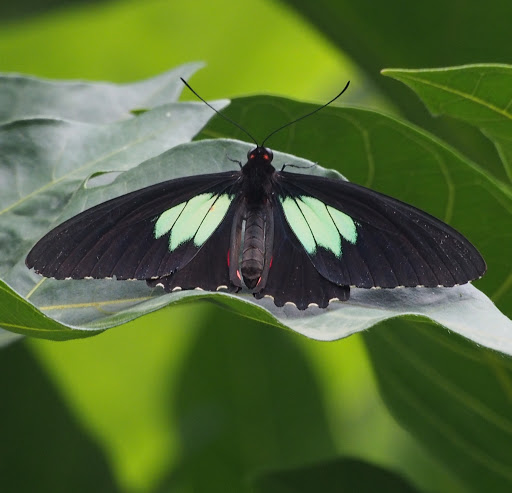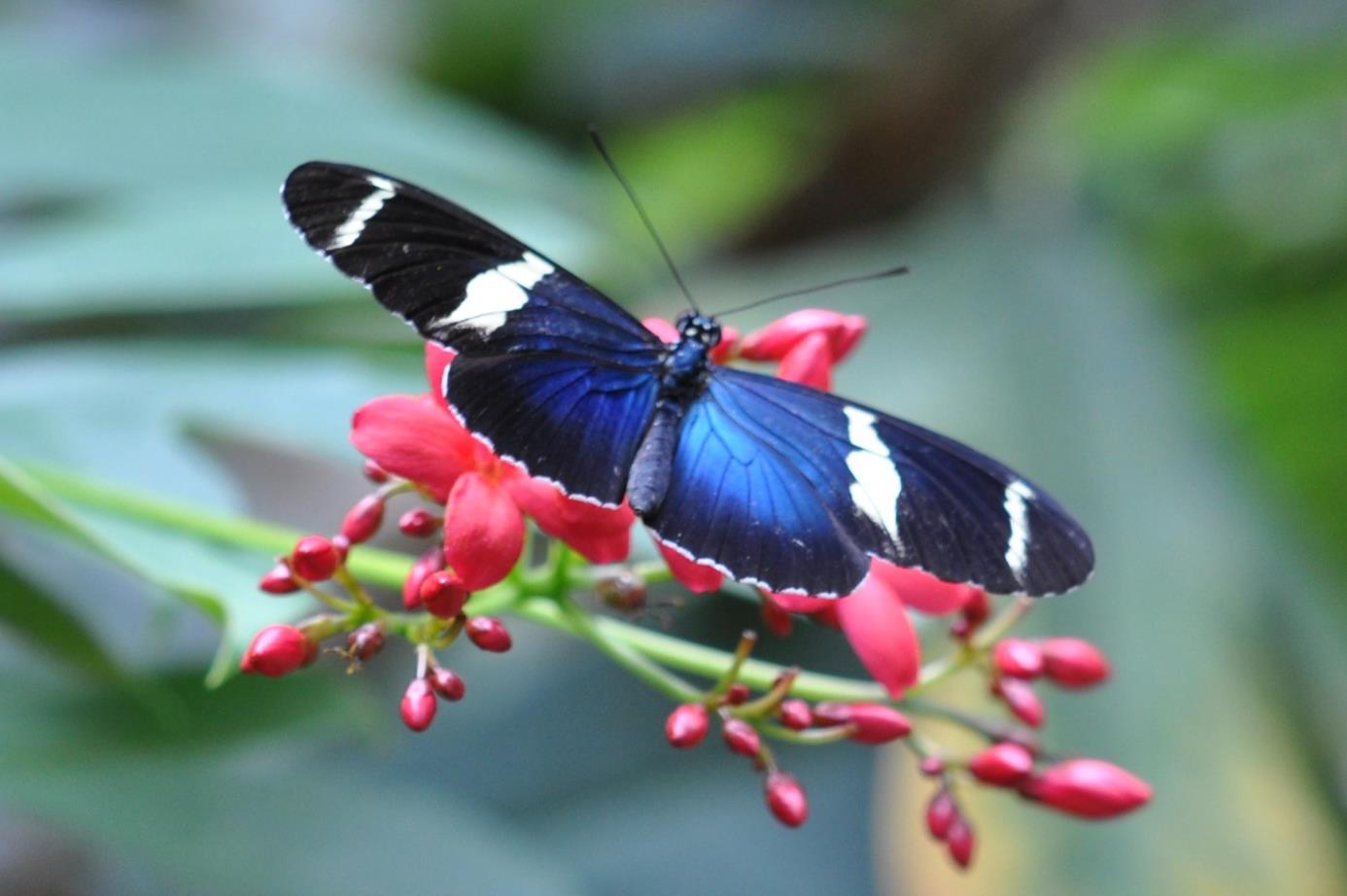blog
Lime Swallowtail Butterfly | Papilio demoleus
Papilio demoleus sthenelus is found only in Australia and, along with the subspecies in Papua New Guinea, utilizes different host plants than the Asian and African subspecies. The population in the Dominican Republic has been traced to a southeastern Asian subspecies (Eastwood et al. 2006). This species is also morphologically similar to Papilio demodocus Esper from Africa and Madagascar. DISTRIBUTION This species is found throughout tropical and subtropical regions of southern Asia, ranging from Saudi Arabia, Iran and the Middle East to India, Nepal, southern China, Taiwan, and Japan. It is also found in Malaysia, Indonesia, New Guinea, and Australia. In recent years, Papilio … Read more
Tags:
Malachite butterfly FACTS | Siproeta stelenes
The malachite has large wings that are black and brilliant green or yellow-green on the upper-side and light brown and olive green on the underside. It is named for the mineral malachite, which is similar in color to the bright green on the butterfly’s wings. Adults feed on flower nectar, rotting fruit, dead animals, and bat dung. Females lay eggs on the new leaves of plants in the Acanthaceae family, especially ruellia. The larvae are horned, spiny, black caterpillars with red markings. Malachites often are confused with Philaethria dido. They have similar coloration, but their wing shapes are different. Named … Read more
Tags:
Zebra Longwing Butterfly | Heliconius charithonia
Not only do they love the flowers, but it seems the flowers make them fall in love. Well, no, not love. But they sure do start mating a lot on and around the plants. It must bloom at some peak of their multigenerational northward migration. Like they did in September of last year, they mated, and mated some more, and the resulting caterpillars ate our milkweed plants down to their stems. I feel like I’ve seen more death in my yard this year than in other years, but that’s because there’s so much more life in my yard than in … Read more
Tags:
Peacock Pansy butterfly | Peacock Pansy (Junonia almana)
The peacock pansy butterfly (Junionia almana) sports striking eyespots and purple patterns. This species is widely distributed throughout South East Asia. This species inhabits a wide variety of habitats including secondary rainforest, monsoon forest, plantations, rural areas and gardens. It is active in bright sunshine and prefers open areas, where it flies close to the ground. This species is rather common across multiple habitats, with ubiquitous presence in open areas in the nature reserves as well as urban and suburban areas. Peacock Pansy Butterflies are frequently found basking in sunny patches of the NEERI campus in the early part of … Read more

